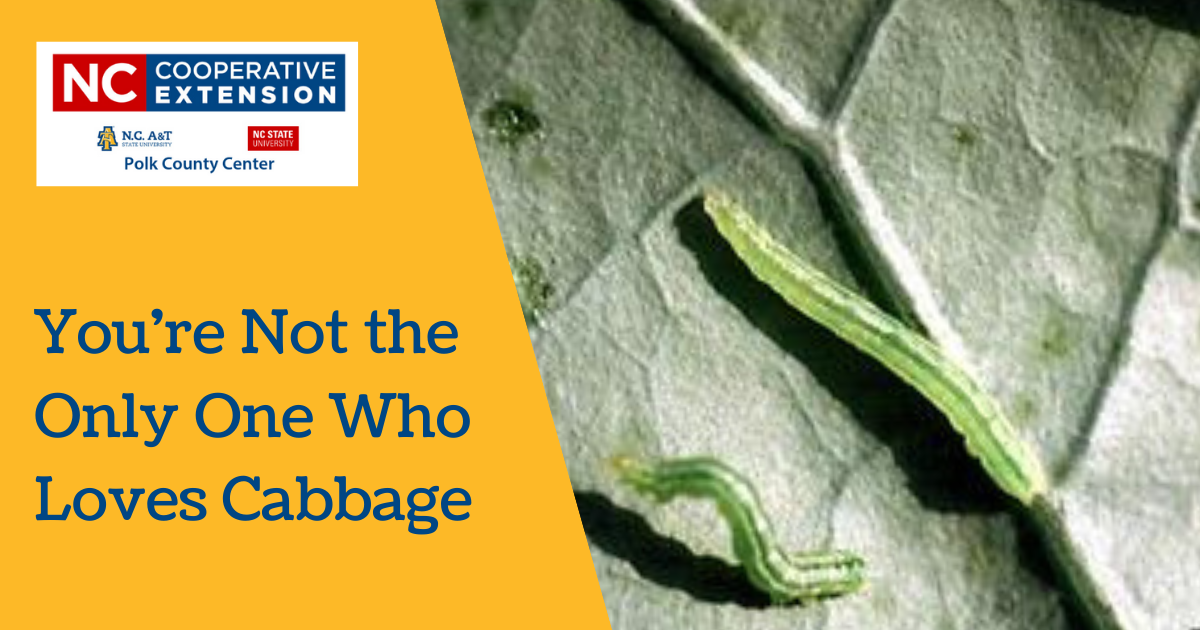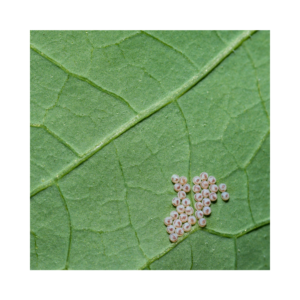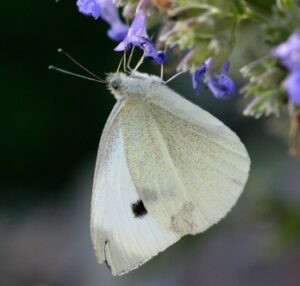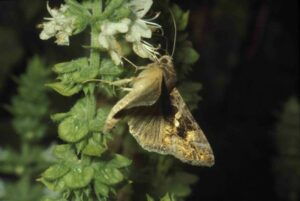You’re Not the Only One Who Loves Cabbage
go.ncsu.edu/readext?786323
en Español / em Português
El inglés es el idioma de control de esta página. En la medida en que haya algún conflicto entre la traducción al inglés y la traducción, el inglés prevalece.
Al hacer clic en el enlace de traducción se activa un servicio de traducción gratuito para convertir la página al español. Al igual que con cualquier traducción por Internet, la conversión no es sensible al contexto y puede que no traduzca el texto en su significado original. NC State Extension no garantiza la exactitud del texto traducido. Por favor, tenga en cuenta que algunas aplicaciones y/o servicios pueden no funcionar como se espera cuando se traducen.
Português
Inglês é o idioma de controle desta página. Na medida que haja algum conflito entre o texto original em Inglês e a tradução, o Inglês prevalece.
Ao clicar no link de tradução, um serviço gratuito de tradução será ativado para converter a página para o Português. Como em qualquer tradução pela internet, a conversão não é sensivel ao contexto e pode não ocorrer a tradução para o significado orginal. O serviço de Extensão da Carolina do Norte (NC State Extension) não garante a exatidão do texto traduzido. Por favor, observe que algumas funções ou serviços podem não funcionar como esperado após a tradução.
English
English is the controlling language of this page. To the extent there is any conflict between the English text and the translation, English controls.
Clicking on the translation link activates a free translation service to convert the page to Spanish. As with any Internet translation, the conversion is not context-sensitive and may not translate the text to its original meaning. NC State Extension does not guarantee the accuracy of the translated text. Please note that some applications and/or services may not function as expected when translated.
Collapse ▲
By the end of March, the spring garden should be well underway. If yours looks anything like ours here at the N.C. Cooperative Extension, Polk County Center Research Garden, then you are very pleased up to this point. Yesterday, I did my daily scout of the garden and to my surprise, I found many eggs on the leaves of my cole crops laid by cabbage moths. Below is what the eggs of these moths look like.

These eggs are generally laid on the underside of the leaves. I was surprised at the number of eggs. The moths have been very busy! The two moths you need to look out for are shown below. The first one is the imported cabbageworm moth. These are noticed most commonly due to their white color. The second picture is of the cabbage looper moth.
 |
 |
These moths lay their eggs on the underside of cabbage leaves or leaves of other cole crops, and when the eggs hatch, the resulting worms eat the plant’s leaves until little is left.
For smaller gardens, infestation can be prevented by using row covers or by simply scouting your crop each day and rubbing out the eggs. For a bigger crop, though, one may need to spray. The best way to control these worms is through use of bacillus thugensis or “bt” for short. This is a bacteria that infects the worms causing them to die.
The bacteria is harmless to humans (although one would not want to spray it on themselves). It can be purchased at most farm-type stores under the name of Dipel or Thuricide. Dipel is generally sold as a powder and Thuricide is a concentrated liquid. These pesticides would need to be applied after each rain because the rainwater will wash off the effective bacteria.
The next time you are checking in on your cole crops, be on the lookout for any of these moths, eggs, or worms. Be ready to take action or you will end up with nothing more than a plant that is shot full of holes! Nobody said growing crops was easy but we have the means to deal with most problems, so use them to the fullest!




